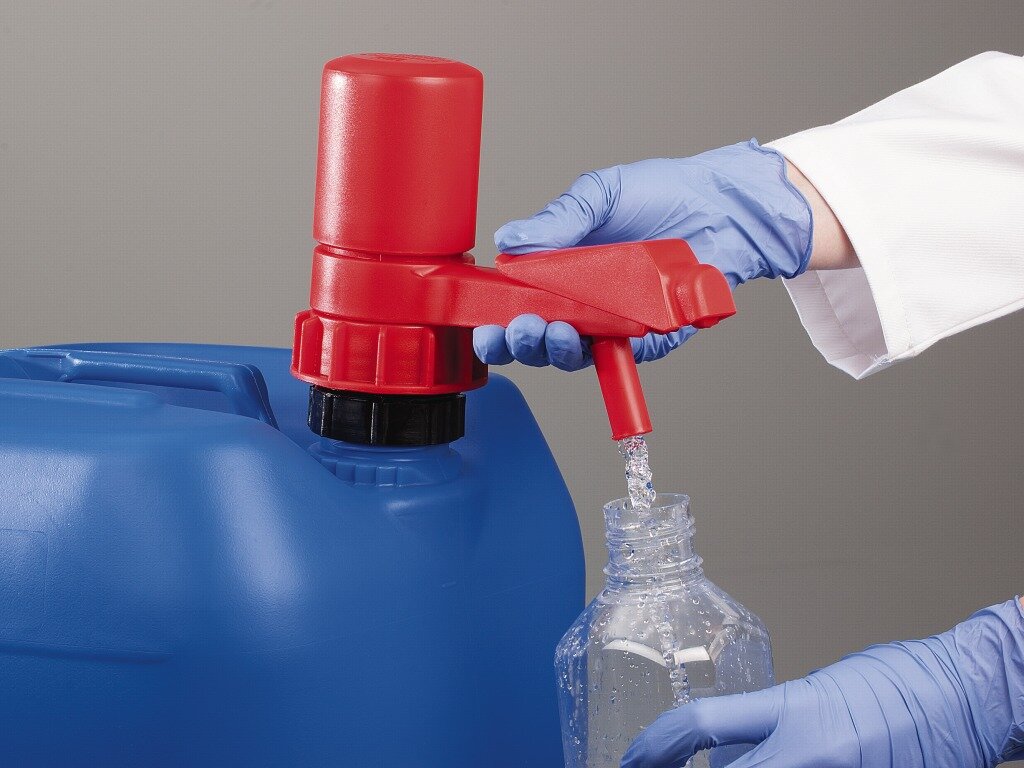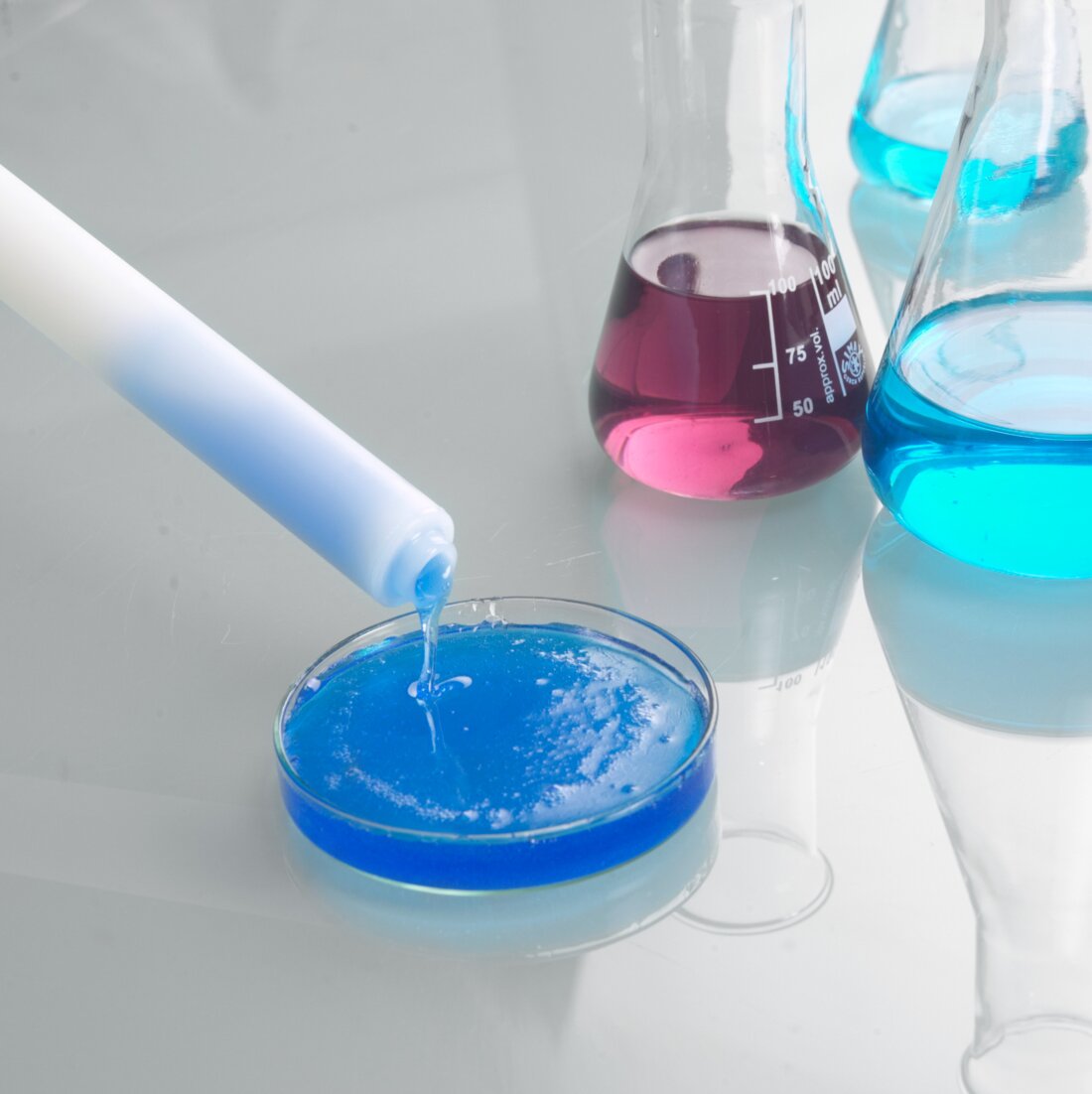
Viscosity of liquids
Pumps are used in widely different fields of application. Bürkle offers a large number of different versions. However, when choosing a suitable pump several criteria must be considered. The most important are the viscosity, structure and density of the liquid. How the liquid behaves under the influence of external influences, e.g. variations in temperature and pressure, is also important. We would be pleased to help you make certain that you choose the correct pump for your application.
Viscosity
- what actually is it?
The viscosity characterizes the flow behavior of a liquid. High-viscosity liquids are thick, low-viscosity liquids thin. This viscosity results from intermolecular forces; these are also known as the internal friction. This internal friction decreases as the temperature increases and increases as the temperature decreases.
The dynamic viscosity is given in Pas, for low-viscosity liquids in mPas. It is defined as the force in newtons that is necessary to displace a liquid layer of 1 m2 and 1 m height along a boundary parallel to a second layer at a speed of 1 m·s-1.
Viscosity using motor oil as an example
Everyone has heard of the viscosity terms for motor oil. This classification is based on the flow behavior of the motor oil as a function of the temperature. In Winter low-viscosity oils are required. In Summer the oil becomes hotter, but it must still remain sufficiently thick.
For example: SAE 5W-40. The first number defines the viscosity at 0 °F (-18 °C), the second for a temperature of 210 °F (99 °C). An oil with the classification 5W (W=Winter) is therefore thinner than a 15W motor oil under cold conditions.

Typical viscosity value
in mPas at 20 °C
| Kerosine | 0,65 |
| Water | 1,0 |
| Grape juice | 2 - 5 |
| Coffee cream | ~ 10 |
| Glycol | 40 |
| Olive oil | ~ 100 |
| Hydraulic oil | ~ 120 |
| Motor oil 15W40 | 390 |
| Honey |
~ 10 000 |


 Deutsch
Deutsch
 français
français
 español
español
 русский
русский
 italiano
italiano
 日本語
日本語
 Ελληνικά
Ελληνικά
 polski
polski
 português
português
 português (Brasil)
português (Brasil)
 Türkçe
Türkçe
 中文
中文


























































